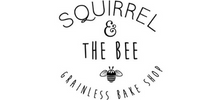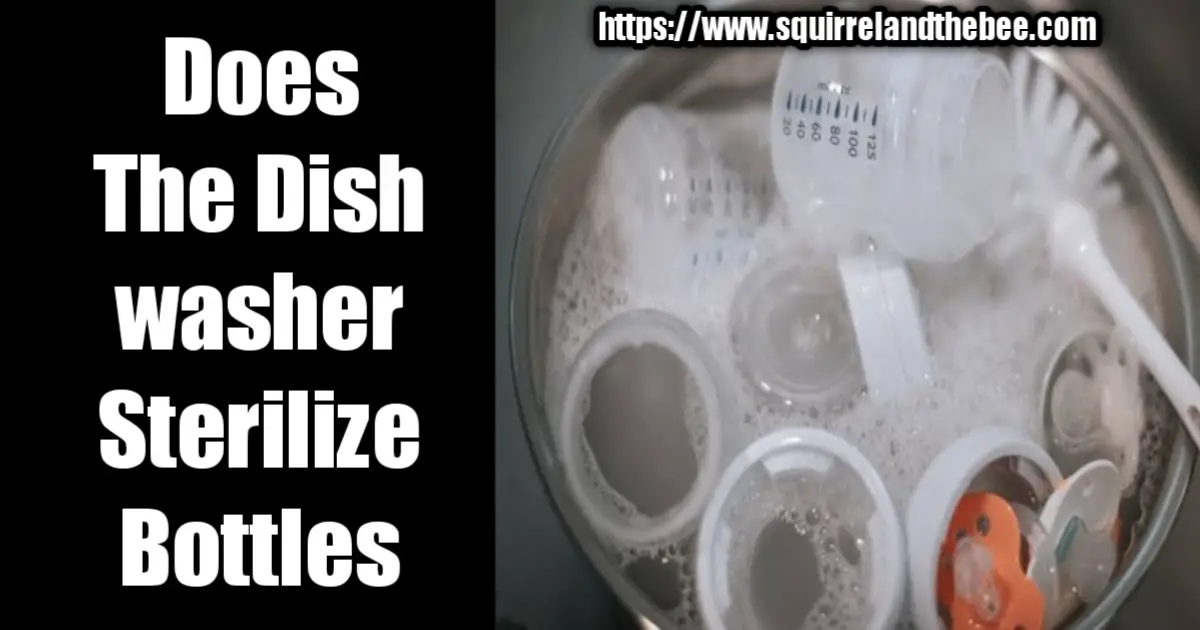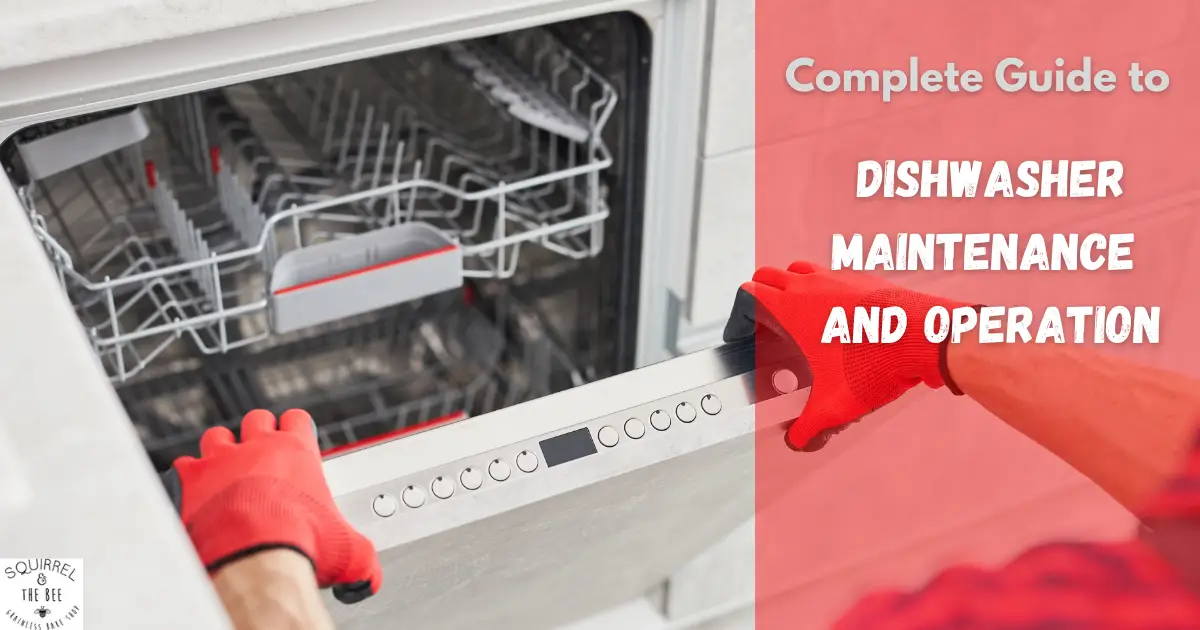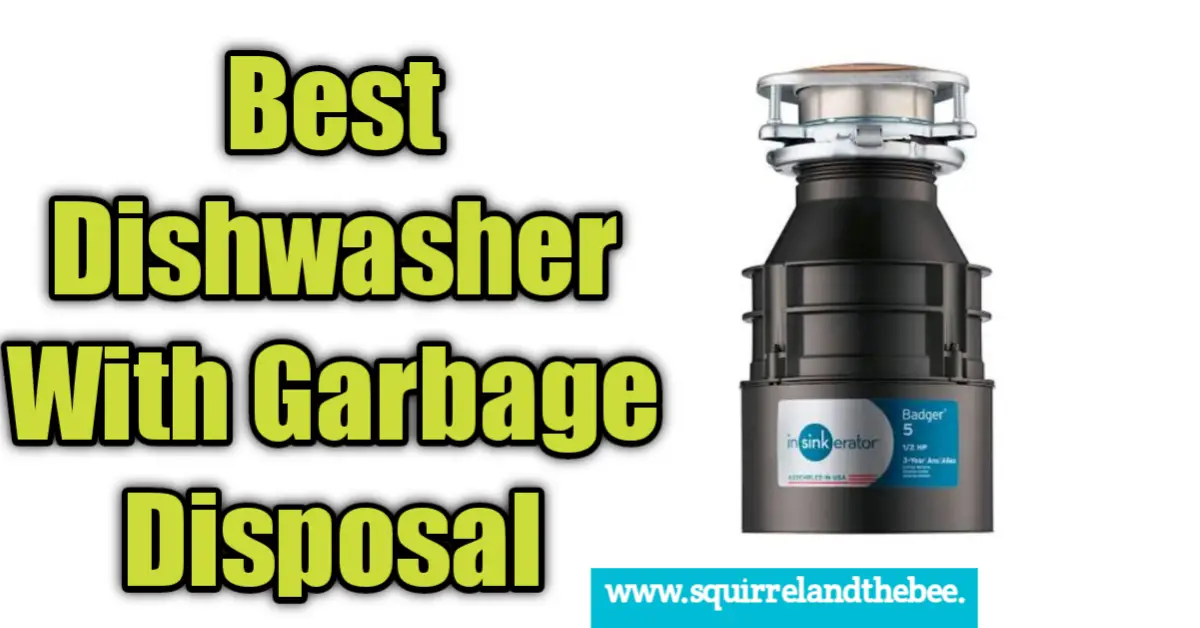New parents are often anxious about their baby’s health. Does The Dishwasher Sterilize Bottles? It indeed is logical to be. Infants are vulnerable to germs, which might not be as harmful to us. Hence, sterilisation is a vital part of parenting. The only thing that the babies depend on initially are their milk bottles. This goes straight from their mouth, to their stomach thus, it needs to be as clean as a whistle.
Does the dishwasher sterilize bottles? Yes, dishwasher might just be your best friend in this matter. Along with helping you with all your dirty dishes, it can protect your baby from bacterial infections as well.
Do You Need A Bottle Sterilizer If You Have A Dishwasher?
It is true that not all dishwashers have the capability to produce heat at high temperature, which is needed for sterilisation. In order to sterilise bottles, boiling water at a temperature of 100 degrees for at least 5 minutes is required. However, if the dishwasher has a ‘heat dry’ settings or a ‘sanitize’ cycle or a NSF/ANSI Standard 184 Certification on its manual then it can easily be an amazing alternative to a bottle sterilizer.
A bottle sterilizersterilizes bottles efficiently with steam in 10 minutes which is very rapid. However, it is the most expensive option.It is not required as sterilisation is an occasional process, only needed after every few weeks. It is needed only till the baby is 12 months old. After that, it becomes basically useless.
On the other hand, you already have a dishwasher at home which is almost an essential kitchen appliance. No extra expenditure is needed on it which saves your money at the same time. Any supplements that is dishwasher-safe can be put in the dishwasher for a wash. Choosing a dishwasher that has ‘baby cycle’ in it and can heat up at a temperature of 130 to 170°F can save you from the extra cost on buying a bottle sterilizer.
In addition, if there is already thepresence of chlorine in your tap water, then there’s absolutely no need of a sterilizer as chlorinated water kills germ naturally. A dishwasher with a basic bottle bin works as precisely as a big-budget bottle sterilizer. It is the most appropriate alternative while simultaneously being energy-saving.
Is It Really Necessary To Sterilize Baby Bottles?
The top most priority of any parent is keeping their baby protected from infections which may lead to serious diseases like Gastroenteritis, Hepatitis Aand Rotavirusetc. When babies are born, they have underdeveloped immune system and immature digestive tracts which makes them unfamiliar to millions of bacteria that we come into contact with every day.
Sterilisation kills germ, bacteria, or viruses that may be lying low in everywhere possible on the bottle. If the baby is exposed to these microbes, diarrhoea and vomiting may lead to dehydration which is extremely dangerous for babies.Anyhow, it is not a must to sterilize baby bottles but more like an extra protection that cleans stubborn microorganisms which otherwise remainafter only washing the bottles instead.
However, it is not mandatory to sterilize what is already safe. According to Centres for Disease Control and Prevention (CDC), sterilisation is more important if the baby was born premature or unhealthy.Sterilisation is mostly required if there is unavailability of safe, clean drinking water or if there is contaminated tap water.
Nevertheless, it is said by the American Academy of Paediatrics that most civil water is germ-free and healthy enough just to wash bottles allowing the sterilisation method to be skipped. Even so, it is recommended to sterilize the baby bottle at least one time after purchasing it.
How To Sterilize Baby Bottles In Dishwasher?
Firstly, one should never put baby bottles in the dishwasher alongside the dirty dishes. That will contaminate the bottle. All the parts of the bottle should be separated before washing. In any case, the first step is always cleaning the bottle in warm, soapy water to get rid of any milk leftover.
If it is not cleansed properly then the plastic bottles may become discoloured due to the baked milk fats. Washing with fine soap and warm water is enough to scrub it off. Once scrubbed, rinse with clean water before sterilizing.
Here’s how to use dishwasher for sterilisation:
- Set the dishwasher at ‘heat dry’ or ‘sanitize’ setting.
- Put the bottles in upper rack to avoid trapping moisture and encourage microbial growth.
- Put the other accessories like nipples, rings, pacifiers in dishwasher basket.
- Start the wash cycle in the dishwasher.
- Must wash hands before unloading the bottles from the dishwasher.
The segments of the bottle should be placed on a clean towel to air dry completely before being put away. Avoid rubbing or patting the bottle accessories dry using a dish towel, as this could transmit germs from the towel to the bottle.
Also, it is suggested to use a particular bottle brush and drying mat. Using specific bottle brush helps to prevent transfer of heavier food greases that can build up on usual dish brushes. It is also easier to clean and cheaper to replace when necessary.




